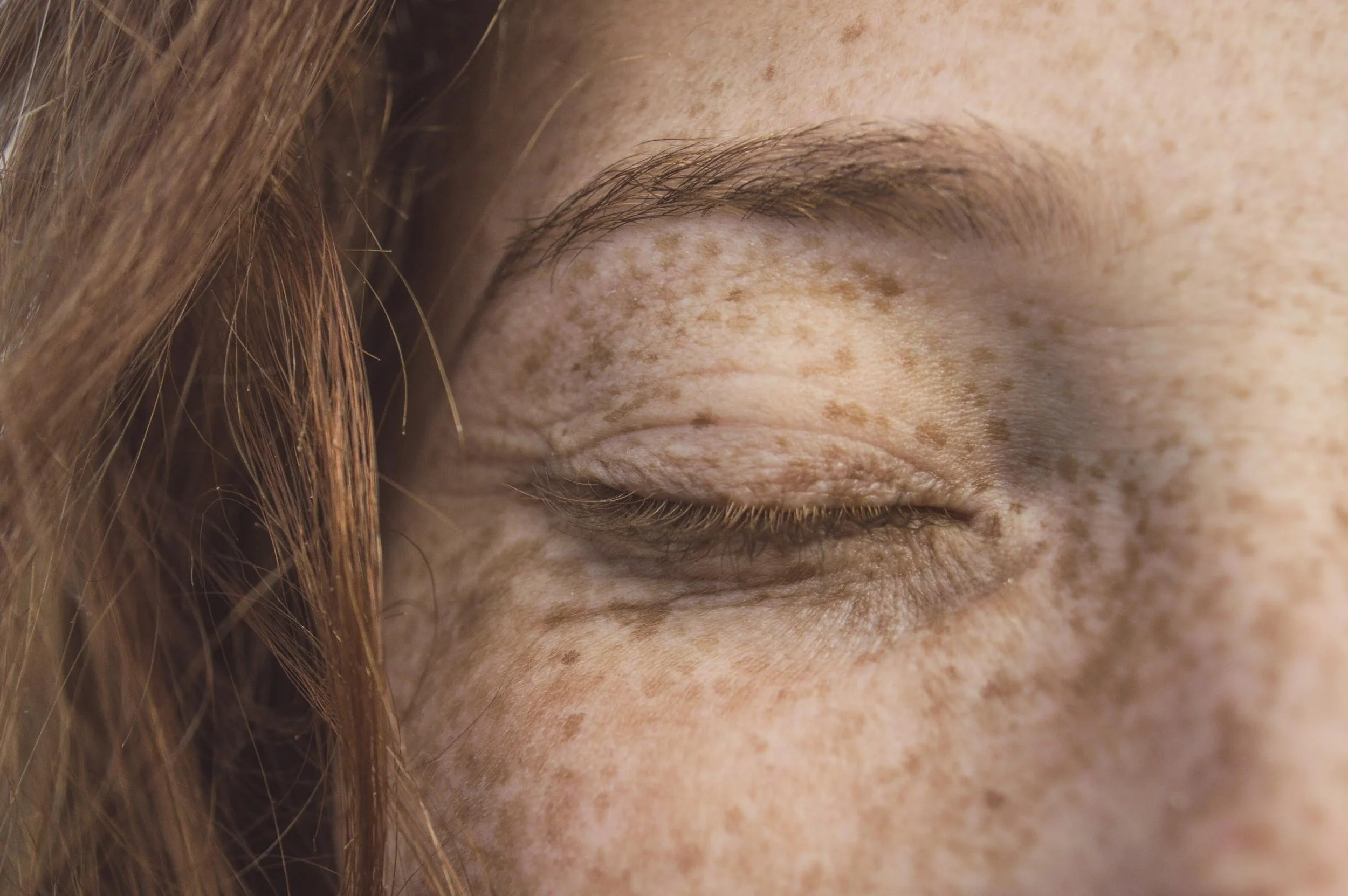
Personalised skin guidance designed to meet your medical and aesthetic needs.
Your skin in good hands.
Skin cancer and sun damage
Skin cancer is one of the most common types of cancer, affecting millions of people worldwide. It primarily arises from the skin's exposure to ultraviolet (UV) radiation from the sun and artificial sources, such as tanning beds. Understanding the types of skin cancer, the impact of sun damage, and effective prevention strategies is crucial for maintaining healthy skin and reducing your risk.
Skin cancer occurs when skin cells begin to grow uncontrollably, often because of DNA damage caused by UV radiation.
There are three main types of skin cancer:
Basal Cell Carcinoma (BCC): The most common form of skin cancer, BCC arises from basal cells in the skin's outer layer. It typically appears as a small, pearly bump or a flat, red patch. They grow very slowly and don’t metastasise (spread).
Squamous Cell Carcinoma (SCC): The second most common skin cancer, it originates from squamous cells. It may appear as a firm, red nodule with a thick crust or a flat lesion with a scaly crust. They grow quickly and can metastasise.
Melanoma: The most dangerous form of skin cancer, melanoma develops in the melanocytes, the cells that produce pigment. It can appear as a new mole or change in an existing mole, often with irregular borders and multiple colours. If left unchecked, they metastasise.
Risk Factors for skin cancer are:
Fitzpatrick skin types I-II: Fair skin, blue eyes, blonde or red hair, always burns rarely tans.
Prolonged history of sun exposure and certain outdoor occupations and hobbies
History of sunburn in childhood and adolescence (mainly for melanoma)
Immunosuppressed patients
Large number of atypical models
History of melanoma on more than one 1st degree relative
The Impact of Sun Damage
Sun damage occurs when UV radiation from the sun penetrates the skin, leading to various harmful effects that can result in skin cancer. Some immediate effects of sun exposure include:
Sunburn: Red, painful skin that occurs after excessive sun exposure, indicating damage to the skin cells. It is caused by UVB.
Photoaging: Long-term sun exposure can lead to premature ageing, characterized by wrinkles, fine lines, and changes in skin texture and pigmentation. It is caused by UVA.
Actinic keratoses: These are small scaly red/grey lesions that appear on sun exposed areas and are often multiple. They represent superficial sun damage and can occasionally develop into skin cancer (SCC). They are common on the face, scalp, forearms, dorsum of hands and feet, lower legs and decolletage.
Prevention Strategies:
Avoid peak sun hours (11am-3pm).
Use Sunscreen (broad spectrum SPF 30-50 and UVA according to skin type)
Wear protective clothing (long sleeves, hat, UV protective clothing) and seek shade
Avoid tanning beds
Perform regular self-examinations of your skin, checking for new moles or other lesions and changes to existing moles.
If you are worried, book an appointment with a dermatologist for a full skin check. This can help detect skin cancer early when it is most treatable.
Skin cancer is a significant health concern that is largely preventable. UV exposure is important for physical and mental health benefits and it’s important to adopt safe sun measures. Early signs of sun damage can be treated effectively by topical treatments and other methods, and early detection of skin cancer is key to achieve a good outcome.
Book an appointment for a full skin body lesions check to get an expert opinion and prevent future concerns. It’s one of the best investments you can do for your skin health.
My Services
01
Medical
Diagnosis and management of inflammatory skin conditions, skin infections and sun damage.
Find out more.
02
Aesthetics
Safe and effective advice and treatments to get your skin looking healthy, radiant and youthful, tailored to your lifestyle.
Find out more.
03
Teleconsultations
Ideal for post-injury or chronic fatigue, these tailored protocols integrate movement, nutrition, and stress.
Find out more.







